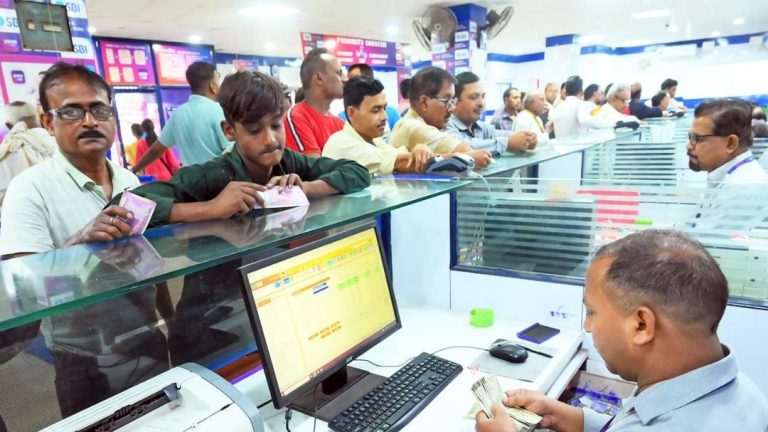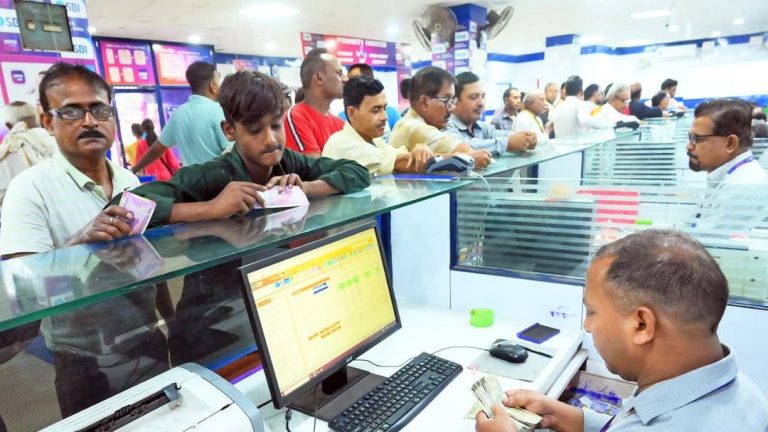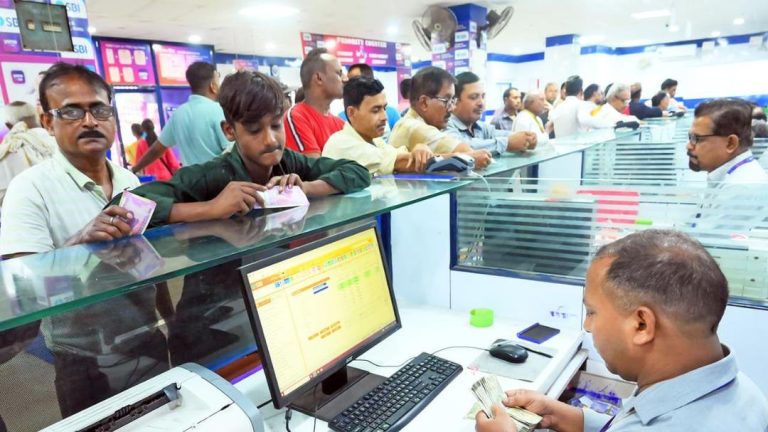
Kolhapuri GI Tag Belongs to Us: 2 Govt Agencies After Prada Row
The debate over the ownership of the Geographical Indication (GI) tag for Kolhapuri chappals has taken a new turn. Two government agencies, LIDCOM and LIDKAR, have reaffirmed their ownership of the GI tag, claiming they have the sole right to mediate between Prada and artisans. This development comes after a team from Prada visited India to partner with artisans for a Kolhapuri-inspired collection, following criticism for showcasing ₹1.2 lakh Kolhapuri-style slippers without proper credit.
The Kolhapuri chappal, a traditional footwear from Kolhapur in Maharashtra, has been in the spotlight recently after luxury fashion brand Prada showcased a similar design without giving due credit to the artisans who create these beautiful pieces of craftsmanship. The move sparked outrage on social media, with many calling out Prada for cultural appropriation.
In response to the criticism, Prada sent a team to India to partner with artisans and learn about the traditional craftsmanship involved in making Kolhapuri chappals. While this move was seen as a step in the right direction, it has also raised questions about the ownership of the GI tag.
The GI tag is a certification mark that is given to products that have a unique geographical origin and possess qualities or characteristics that are attributable to that origin. In the case of Kolhapuri chappals, the GI tag was granted to LIDCOM and LIDKAR, two government agencies that promote and preserve traditional crafts in India.
According to the agencies, they have been working tirelessly to promote the Kolhapuri chappal and other traditional crafts in India. They claim that they have been the sole mediators between artisans and buyers, and that they have been instrumental in ensuring that artisans receive fair compensation for their work.
The agencies have also accused Prada of trying to bypass them and go directly to the artisans, which they claim is a violation of the GI tag agreement. “We are the rightful owners of the GI tag and we have been working to promote the Kolhapuri chappal for years,” said a spokesperson for LIDCOM. “We cannot allow Prada to come in and take advantage of our hard work and expertise.”
LIDKAR, another government agency involved in the promotion of traditional crafts, echoed similar sentiments. “We have been working closely with artisans to ensure that they receive fair compensation for their work,” said a spokesperson. “We cannot allow Prada to undermine our efforts and take credit for someone else’s work.”
The debate over the ownership of the GI tag has raised questions about the role of government agencies in promoting traditional crafts. While some argue that government agencies are essential in promoting traditional crafts and giving artisans a platform to showcase their work, others argue that government agencies can be slow and bureaucratic, and that artisans may be better off going it alone.
In the case of Kolhapuri chappals, the debate has also raised questions about cultural appropriation. Many have criticized Prada for taking traditional designs and selling them as their own, without giving due credit to the artisans who create them. This has sparked a wider conversation about cultural appropriation and the need for greater awareness and understanding about the cultural significance of traditional crafts.
In conclusion, the debate over the ownership of the GI tag for Kolhapuri chappals is a complex issue that involves questions about cultural appropriation, the role of government agencies, and the importance of promoting traditional crafts. While Prada’s move to partner with artisans is seen as a step in the right direction, it has also raised questions about the ownership of the GI tag and the need for greater awareness and understanding about the cultural significance of traditional crafts.
Sources:
https://www.newsonair.gov.in/gi-tag-for-kolhapuri-chappals-belongs-to-two-govt-agencies-officially/





